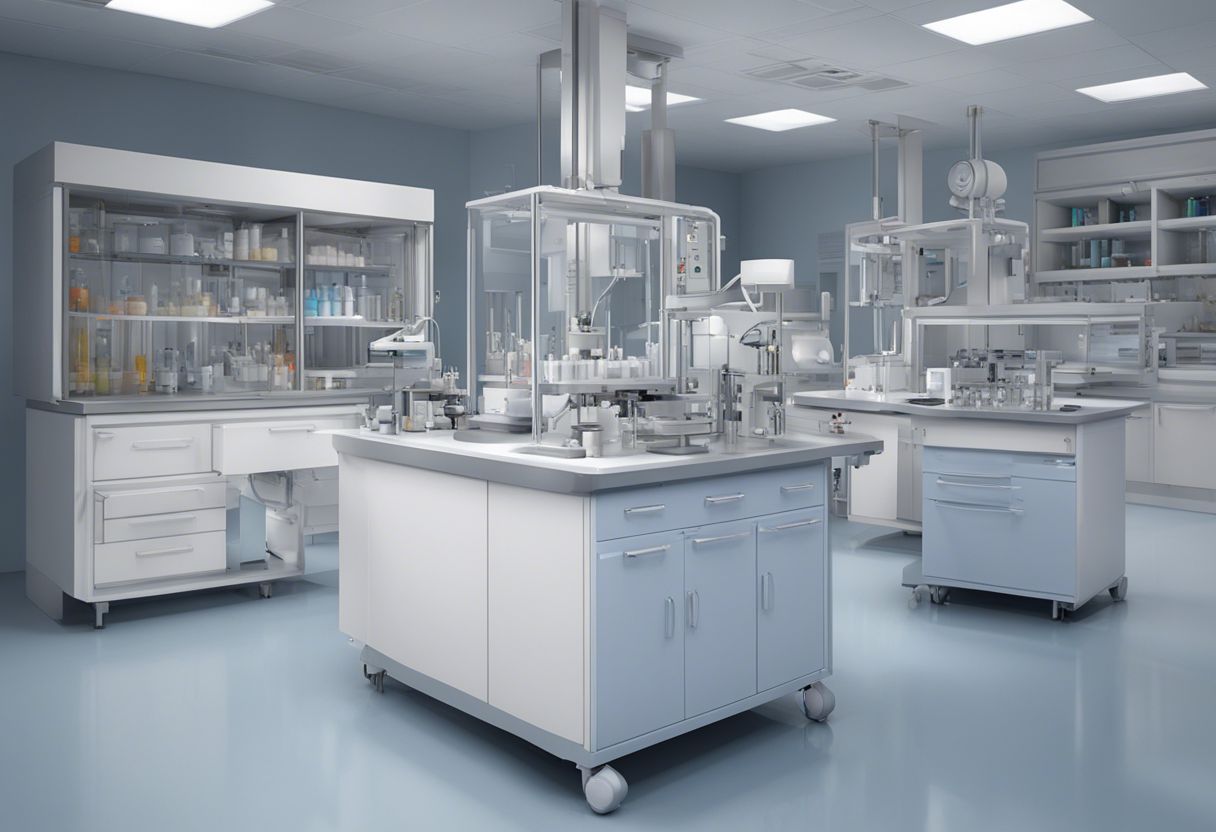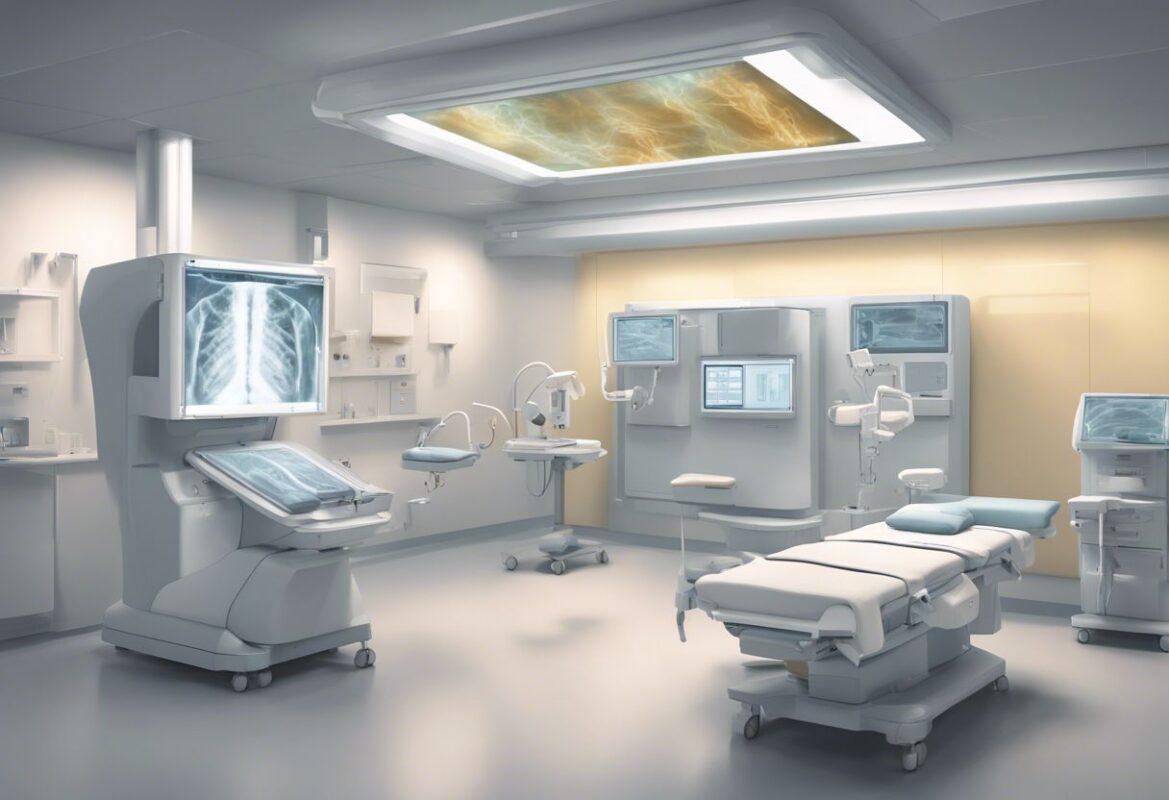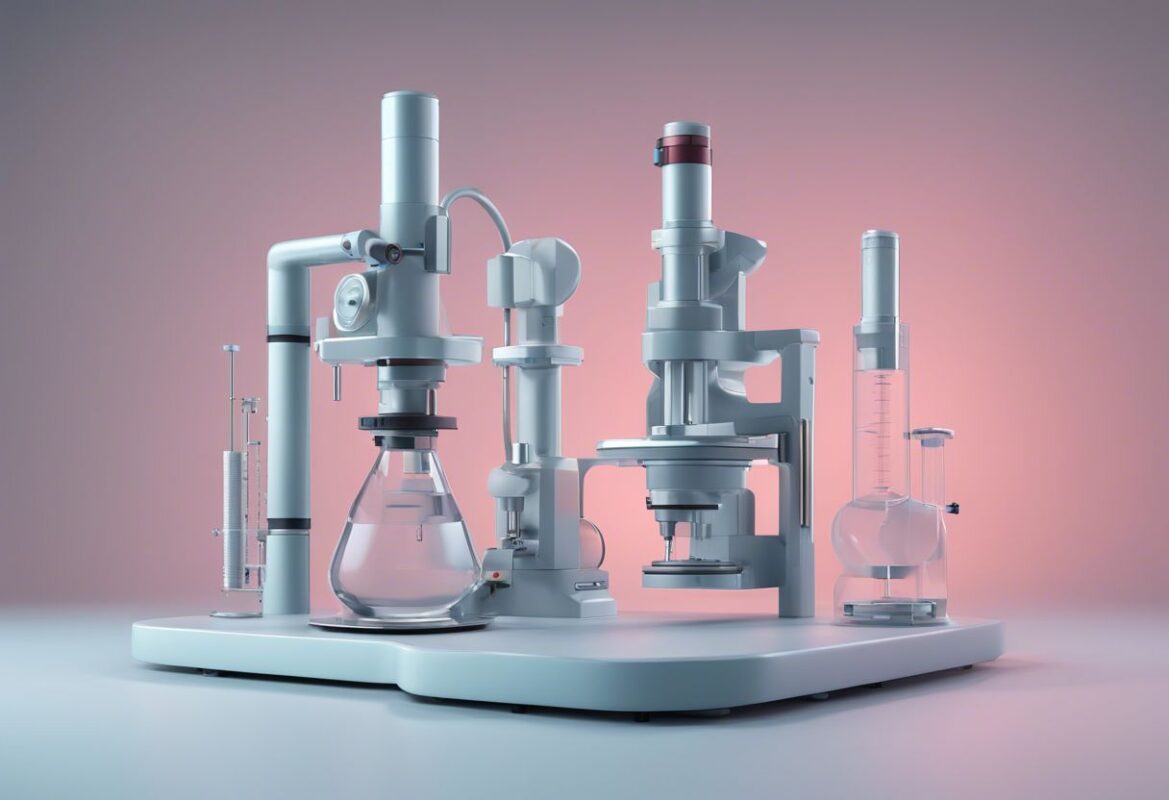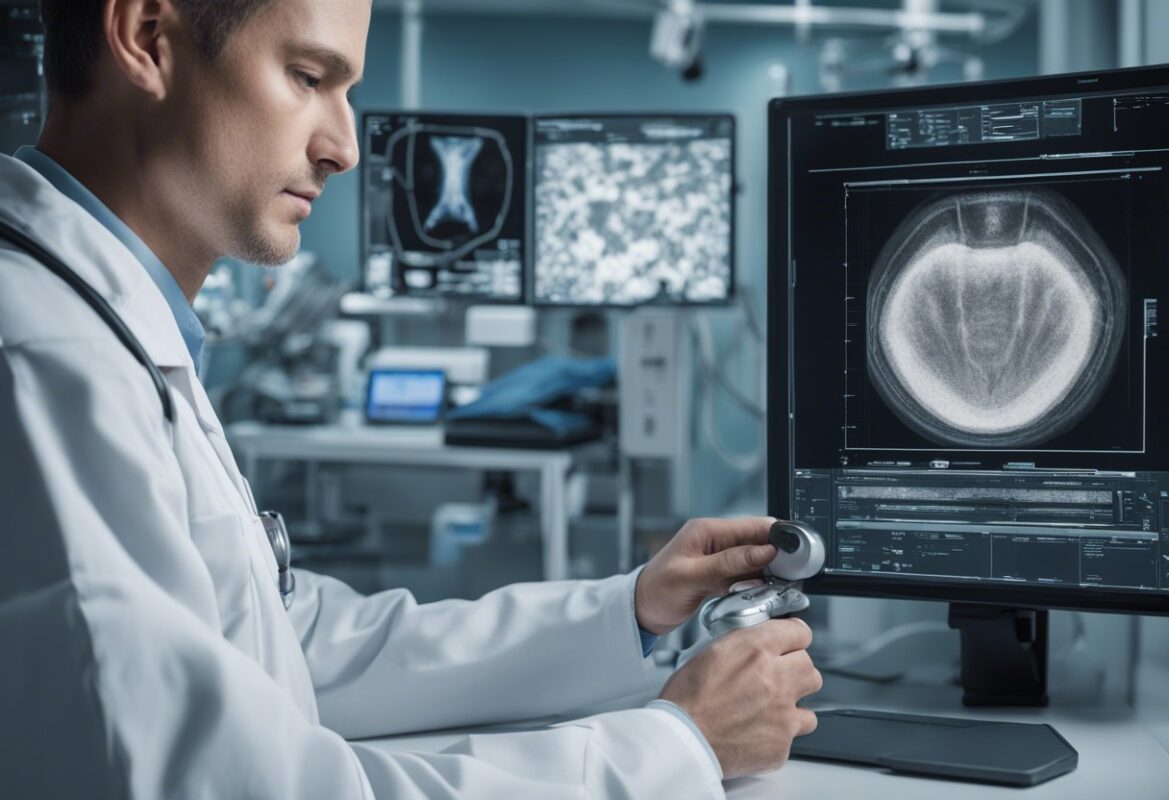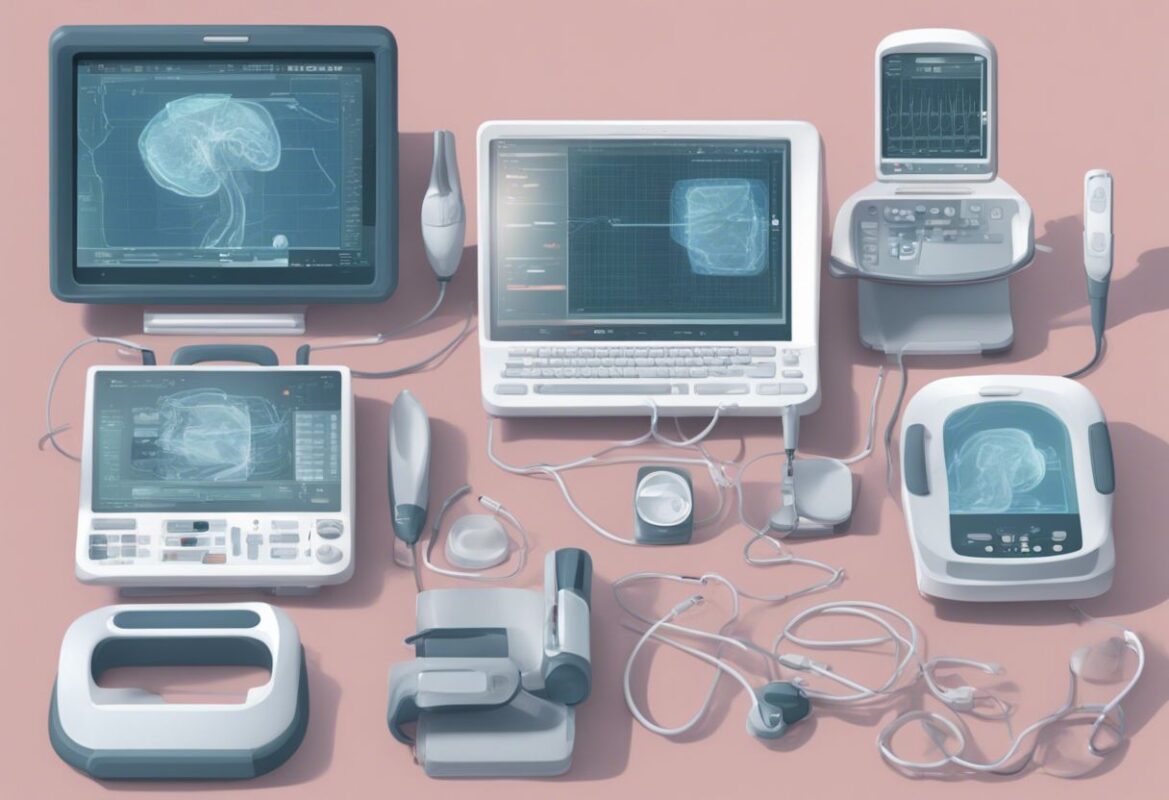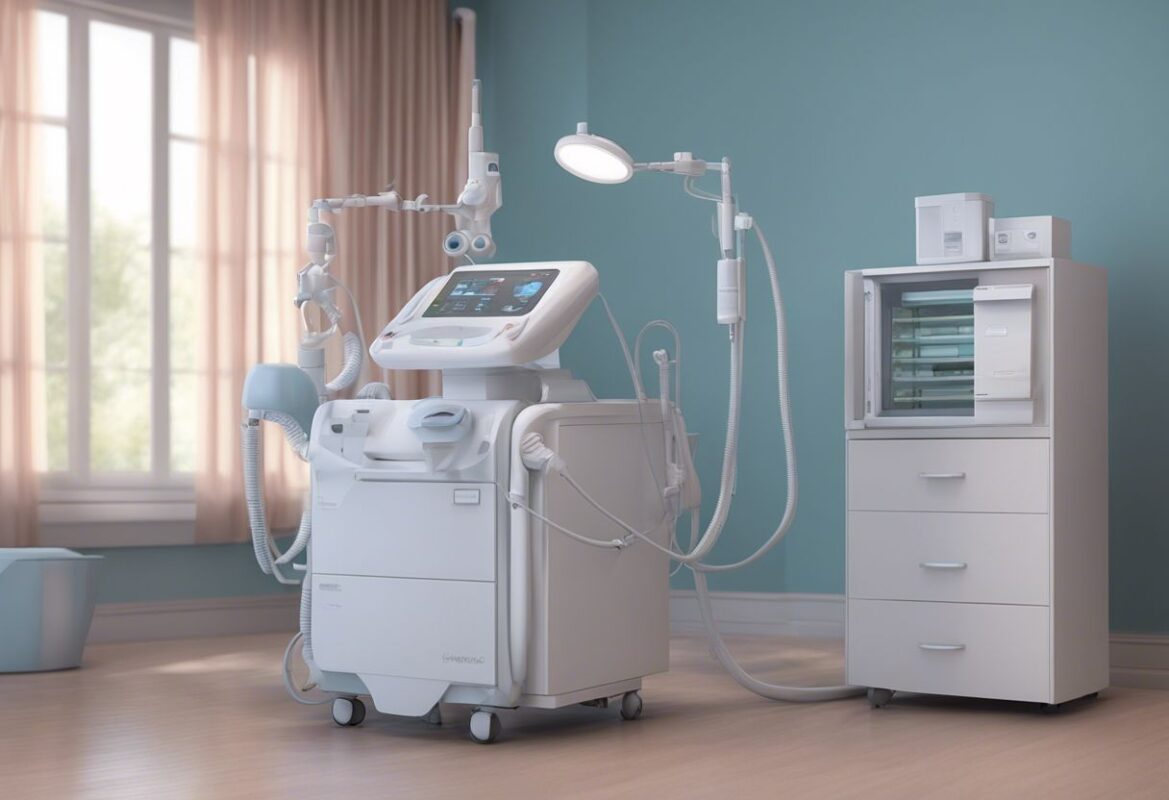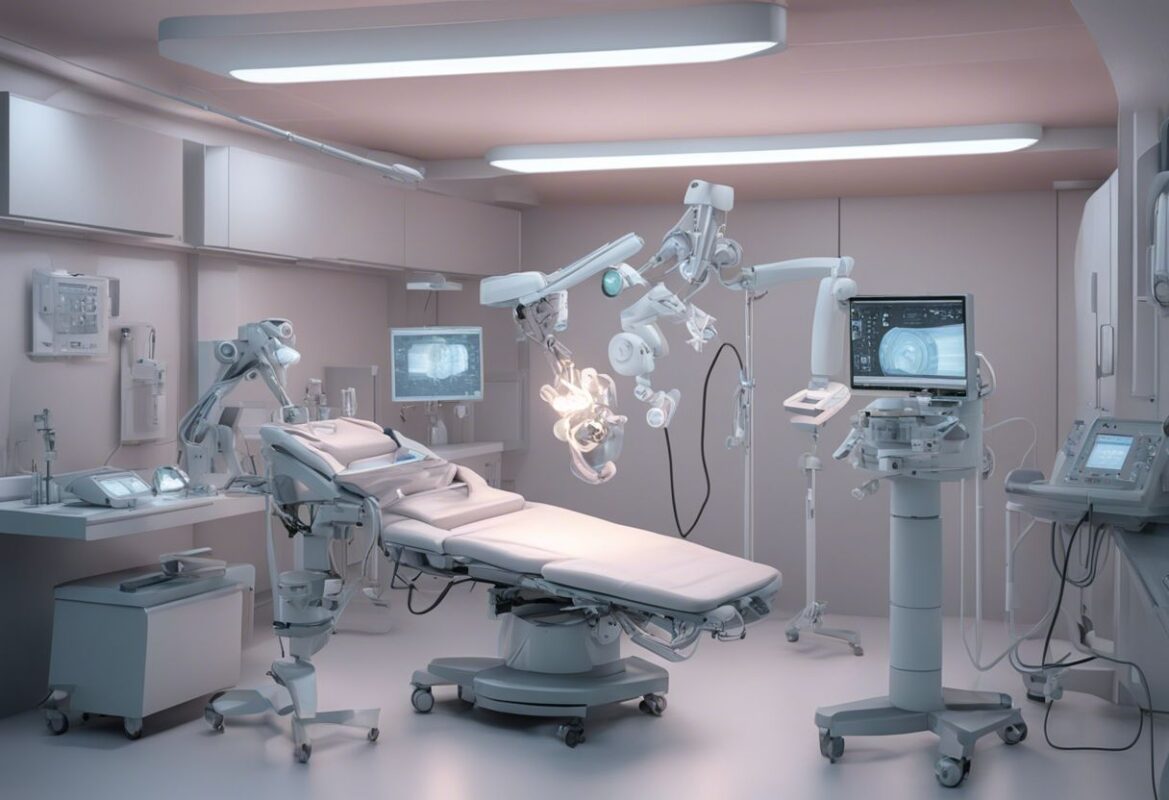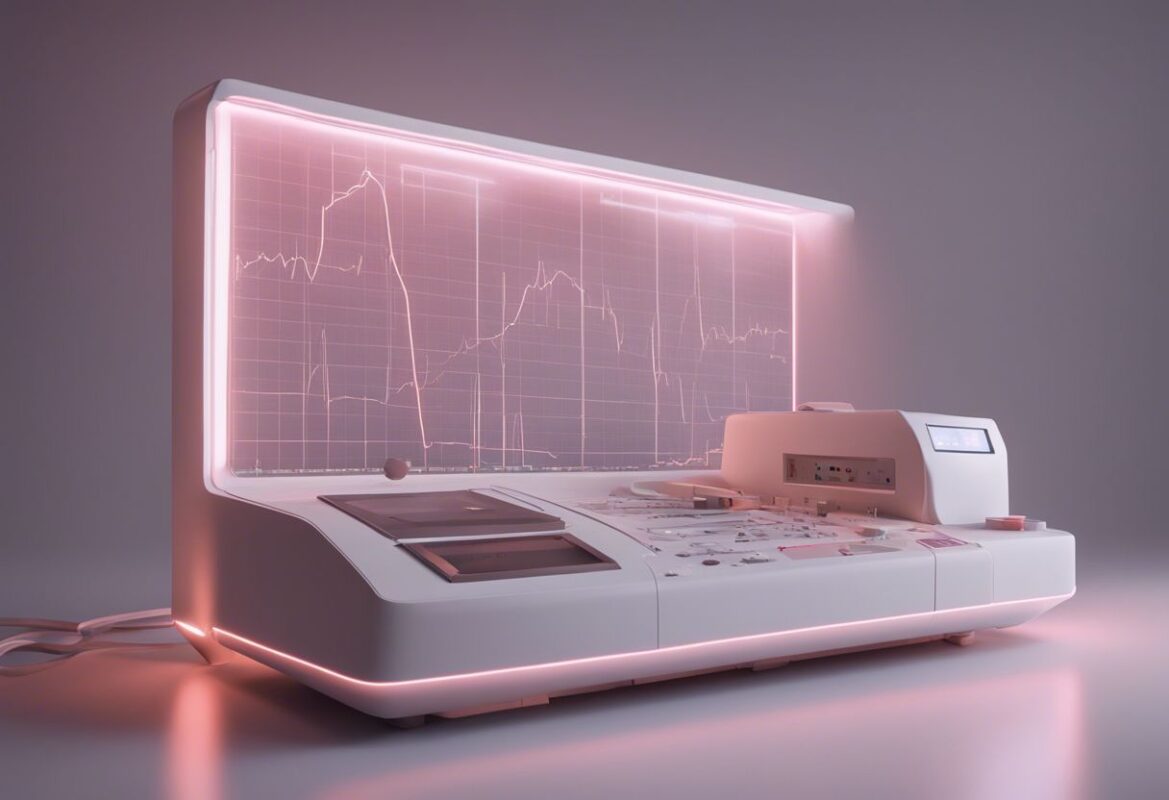The field of medical technology has seen revolutionary advancements in lab equipment, transforming the way diagnostics, research, and clinical trials are conducted. Modern lab equipment enhances precision, efficiency, and reliability, ensuring that healthcare professionals can provide accurate diagnoses and effective treatments. This detailed post explores the various types of lab equipment, their applications, and the future trends shaping the med-tech landscape.
Understanding Lab Equipment in Med-Tech
Laboratory equipment encompasses a wide range of tools and instruments used in medical and clinical laboratories. These devices are essential for conducting experiments, analyzing samples, and supporting research and development in medical sciences. The primary goals are to improve diagnostic accuracy, enhance research capabilities, and streamline clinical workflows.
Key Types of Lab Equipment and Their Applications
1. Diagnostic Equipment
Hematology Analyzers
- Function: Hematology analyzers are used to count and characterize blood cells, providing vital information for diagnosing conditions like anemia, infections, and hematologic cancers.
- Benefits: Rapid analysis, high accuracy, and the ability to process large volumes of samples efficiently.
- Applications: Blood tests, complete blood count (CBC), and disease diagnosis.
Clinical Chemistry Analyzers
- Function: These analyzers measure chemical substances in bodily fluids, such as blood and urine, to diagnose metabolic conditions, liver diseases, and more.
- Benefits: Automated processing, high throughput, and precise measurement of various analytes.
- Applications: Blood glucose testing, cholesterol measurement, liver function tests, and electrolyte analysis.
Immunoassay Analyzers
- Function: Immunoassay analyzers detect and quantify specific proteins, hormones, and antibodies in biological samples using antigen-antibody reactions.
- Benefits: High sensitivity, specificity, and the ability to perform multiple tests simultaneously.
- Applications: Infectious disease testing, hormone level monitoring, and cancer marker detection.
2. Research and Development Equipment
PCR Machines (Thermal Cyclers)
- Function: Polymerase Chain Reaction (PCR) machines amplify DNA and RNA sequences, enabling the study of genetic material.
- Benefits: High precision, rapid amplification, and essential for molecular diagnostics.
- Applications: Genetic research, infectious disease diagnosis, and forensic analysis.
Next-Generation Sequencers (NGS)
- Function: NGS machines perform high-throughput sequencing of DNA and RNA, providing comprehensive genetic information.
- Benefits: Large-scale sequencing, high accuracy, and ability to sequence entire genomes.
- Applications: Genomics research, personalized medicine, and cancer diagnostics.
Cell Counters and Sorters
- Function: These devices count and sort cells based on specific characteristics, such as size, morphology, and protein expression.
- Benefits: High-speed processing, accuracy, and capability to analyze large cell populations.
- Applications: Immunology research, cancer research, and stem cell studies.
3. Sample Preparation and Handling Equipment
Centrifuges
- Function: Centrifuges separate components of a sample based on density by spinning at high speeds.
- Benefits: Efficient separation, versatility in handling different sample types, and essential for sample preparation.
- Applications: Blood sample processing, cell isolation, and protein purification.
Incubators
- Function: Incubators provide controlled environmental conditions for growing and maintaining cell cultures and microbial colonies.
- Benefits: Precise temperature, humidity, and CO2 control, ensuring optimal growth conditions.
- Applications: Cell culture, microbiology research, and IVF labs.
Autoclaves
- Function: Autoclaves sterilize lab equipment and materials using high-pressure steam.
- Benefits: Effective sterilization, safety, and compliance with regulatory standards.
- Applications: Sterilization of surgical instruments, lab equipment, and culture media.
4. Analytical Equipment
Spectrophotometers
- Function: Spectrophotometers measure the absorbance or transmittance of light by a sample, providing quantitative data on its composition.
- Benefits: High accuracy, versatility, and essential for various types of chemical and biological analyses.
- Applications: DNA/RNA quantification, protein analysis, and enzyme kinetics.
Chromatography Systems
- Function: Chromatography systems separate, identify, and quantify components in a mixture based on their chemical properties.
- Benefits: High resolution, sensitivity, and capability to analyze complex mixtures.
- Applications: Drug testing, food safety analysis, and biochemical research.
Mass Spectrometers
- Function: Mass spectrometers identify and quantify molecules based on their mass-to-charge ratio.
- Benefits: High sensitivity, precision, and ability to analyze a wide range of compounds.
- Applications: Proteomics, metabolomics, and environmental analysis.
Future Trends in Lab Equipment
Automation and Robotics
- Innovation: Integration of automation and robotics in lab equipment to streamline workflows, reduce manual errors, and increase throughput.
- Impact: Enhanced efficiency, reproducibility, and scalability of laboratory processes.
Artificial Intelligence (AI) and Machine Learning
- Innovation: Use of AI and machine learning algorithms to analyze complex datasets, predict outcomes, and optimize lab operations.
- Impact: Improved diagnostic accuracy, faster data interpretation, and personalized medicine advancements.
Miniaturization and Point-of-Care Testing
- Innovation: Development of compact, portable devices for point-of-care testing, enabling rapid diagnostics at the bedside or in remote locations.
- Impact: Increased accessibility to diagnostic services, faster decision-making, and improved patient outcomes.
Advanced Genomic Technologies
- Innovation: Continued advancements in genomic technologies, including single-cell sequencing and CRISPR-based diagnostics.
- Impact: Deeper insights into genetic diseases, personalized treatment plans, and breakthroughs in precision medicine.
Sustainable and Green Lab Practices
- Innovation: Adoption of sustainable practices and eco-friendly lab equipment to reduce environmental impact.
- Impact: Decreased carbon footprint, compliance with environmental regulations, and promotion of green initiatives in the scientific community.
Conclusion
The landscape of lab equipment in med-tech is rapidly evolving, driven by technological advancements that enhance precision, efficiency, and reliability. From diagnostic analyzers and molecular biology tools to automation and AI-driven systems, these innovations are transforming healthcare by improving diagnostic accuracy, streamlining research, and enabling personalized medicine. Staying abreast of these developments is crucial for healthcare professionals and researchers to provide the highest standard of care and achieve groundbreaking discoveries in medical science. Embrace these advancements to remain at the forefront of medical technology and ensure better health outcomes for patients worldwide.







